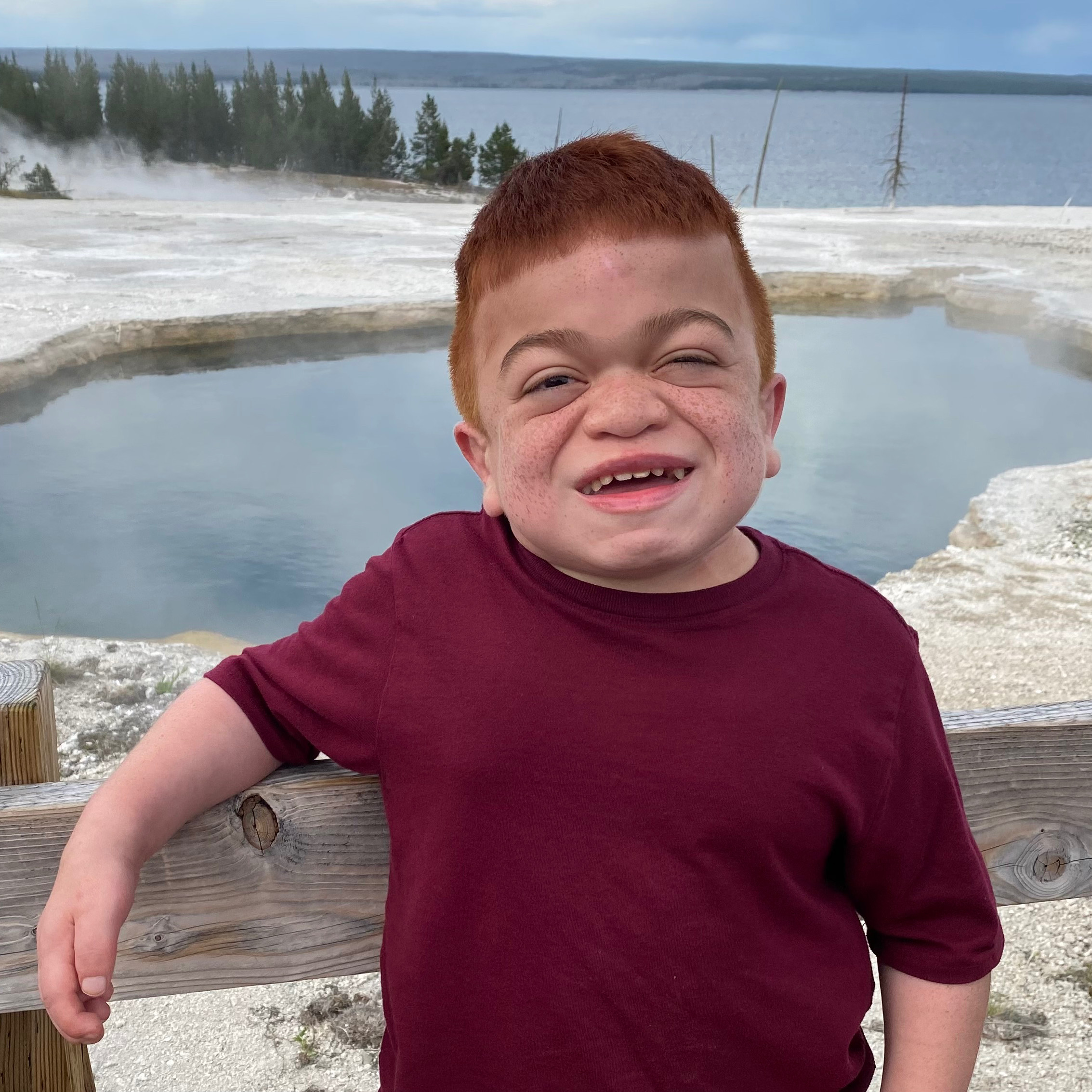 Dominic, a 15-year-old boy from Prosper, Texas, smiling confidently.
Dominic, a 15-year-old boy from Prosper, Texas, smiling confidently.
Hi, my name is Dominic, and I’m a 15-year-old living in Prosper, Texas. Like many teenagers, I enjoy spending time on my iPad, playing video games, and listening to music. I also have a real passion for dancing; it’s something that truly makes me happy. However, my life has unique challenges because, at 22 months old, I was diagnosed with Hunter syndrome, also known as Mucopolysaccharidosis Type II (MPS II). This is a very rare genetic disorder, primarily affecting males, with only about 1 in 150,000 being diagnosed. Globally, there are only approximately 2,500 people living with this condition, and currently, there is no known cure for Hunter syndrome.
Hunter syndrome means my body is missing a crucial enzyme needed to break down and recycle complex sugar molecules called glycosaminoglycans (GAGs). Without this enzyme, these GAGs accumulate in my cells, causing progressive and widespread damage throughout my body. This condition can lead to significant developmental delays. For someone like me with Hunter syndrome, this could mean losing the ability to do things I love, such as speaking, singing, playing, and especially dancing. It could also mean needing constant care for everyday needs. My joints are already becoming stiff, which limits my movement, and this stiffness could worsen. I also experience frequent respiratory and ear infections, raising the possibility that I might need breathing support in the future. Hearing is also a challenge for me, and I worry about the day I might not be able to hear music, which is such an important part of my life, especially when I’m dancing. The disease has also enlarged my liver and spleen, and doctors are monitoring its potential impact on my heart. These are just some of the ways Hunter syndrome can affect my life and health.
While there isn’t a cure for Hunter syndrome yet, there is a treatment that helps manage some aspects of the condition. It involves weekly four-hour intravenous (IV) infusions of a medication called Elaprase. Elaprase is a manufactured version of the enzyme I’m missing. So, every week, for four hours, instead of hanging out with friends or going to school, I have to sit still while connected to an IV. To pass the time during these long sessions, I watch TV, play on my iPad, and enjoy snacks. The annual cost of Elaprase treatment alone is around $500,000. This significant cost is just for the medication and doesn’t include the numerous doctor visits – I see about ten specialists each year. While Elaprase helps, it doesn’t reach the brain, so it can’t prevent the cognitive decline associated with Hunter syndrome.
In 2014, I was fortunate to be accepted into a clinical trial that delivers an experimental form of Elaprase directly to the brain. Initially, I was placed in a control group, delaying my start with the treatment. In late 2015, I underwent a complex surgery to implant a port on my abdomen with a catheter leading to my spine. This device allowed me to receive my first dose of the investigational brain-penetrating medicine in November 2015. Participating in this trial requires monthly trips out of state, hundreds of miles from home. My mom usually accompanies me, and she tries to make these “home-tel” stays as enjoyable as possible. I appreciate the travel and sometimes meet other boys who are also living with Hunter syndrome, but the frequent doctor visits have been tough, and I’ve developed medical anxiety over the years.
As of January 2025, these monthly trips for brain treatment continue. This treatment has been crucial in slowing down the disease’s progression and helping me maintain some of my abilities. I am incredibly grateful to have access to this treatment, especially knowing that only about 60 boys worldwide are receiving it. However, it’s important to understand that the brain damage caused by Hunter syndrome isn’t reversible, and without new, more effective treatments, Hunter syndrome remains a life-limiting illness. Currently, there are promising new drugs in the late stages of clinical trials that medical experts believe could further slow down brain disease progression. We are hopeful that these new treatments will become available to more people like me soon.
My family and I hold onto hope every day that a cure will be discovered, and that one day Hunter syndrome will be something only found in history books. But for now, it’s a daily reality. My personal mission is to raise awareness about Hunter syndrome and other MPS diseases and to help fund medical research so that kids like me can have brighter futures. For my fourth birthday, my mom gave me an extraordinary gift: she founded the Hunter Syndrome Foundation, a 501(c)3 non-profit organization dedicated to funding research for therapies and ultimately a cure for Hunter syndrome. In 2022, she also joined the Board of Directors for Project Alive, another organization advocating for those affected by Hunter syndrome.
I urge you to consider donating to either of these organizations. Your support can significantly help raise awareness and fund the development of treatments for Hunter syndrome, giving hope to kids like me and our families.
Thank you for taking the time to read my story. Learning about Hunter syndrome and sharing stories like mine is a vital step in making a difference.
